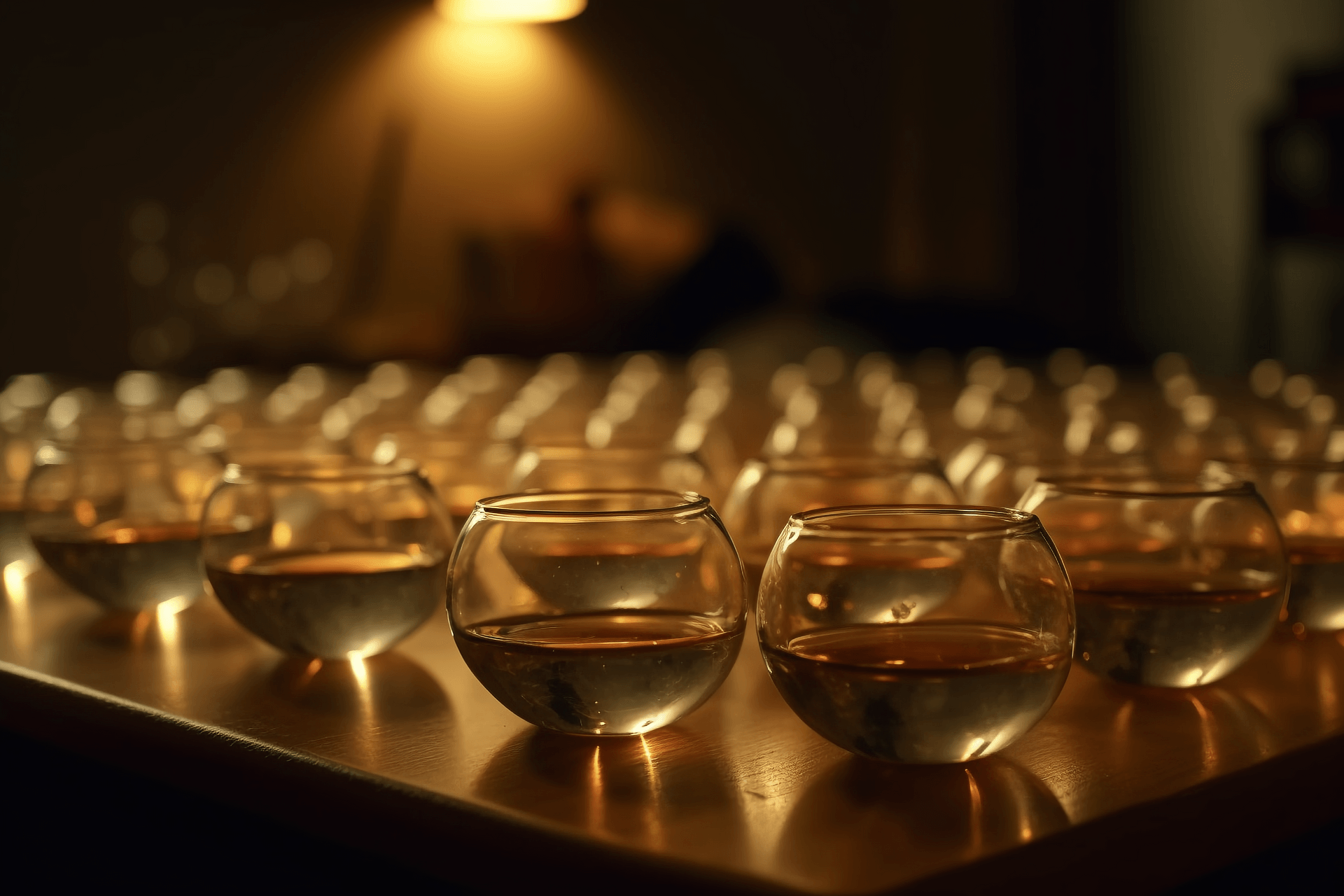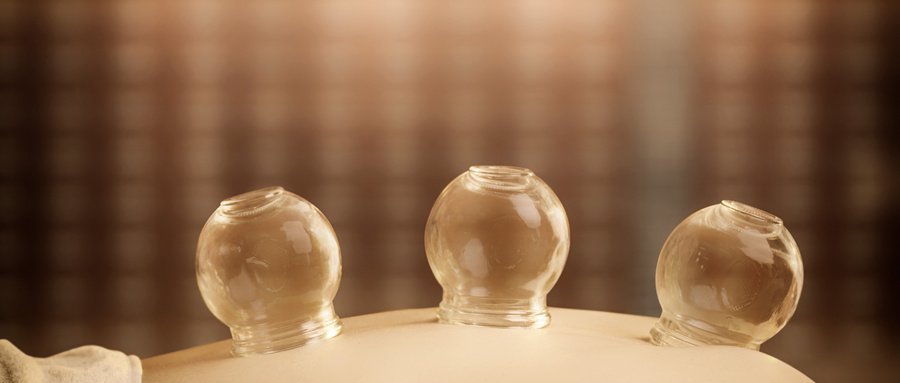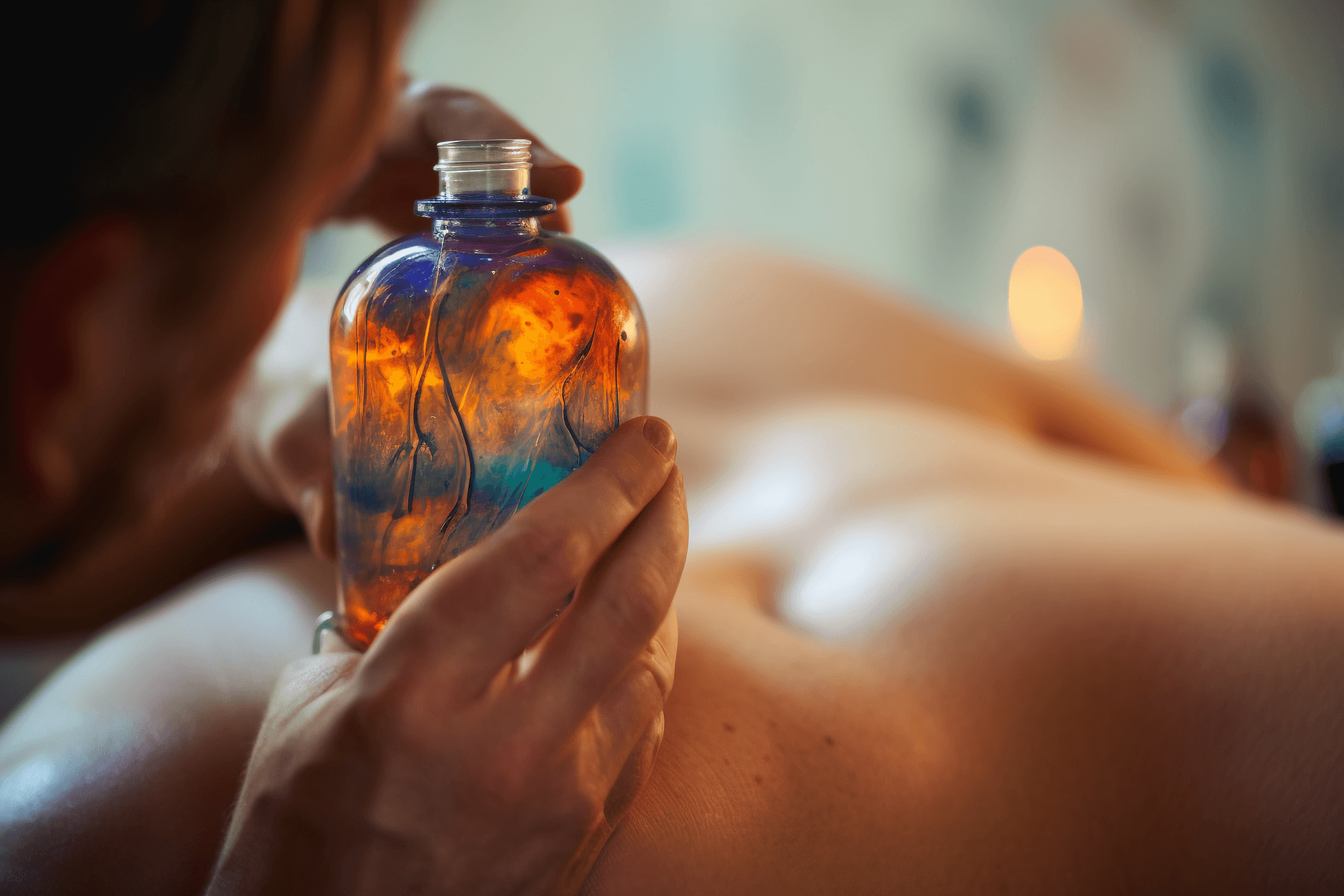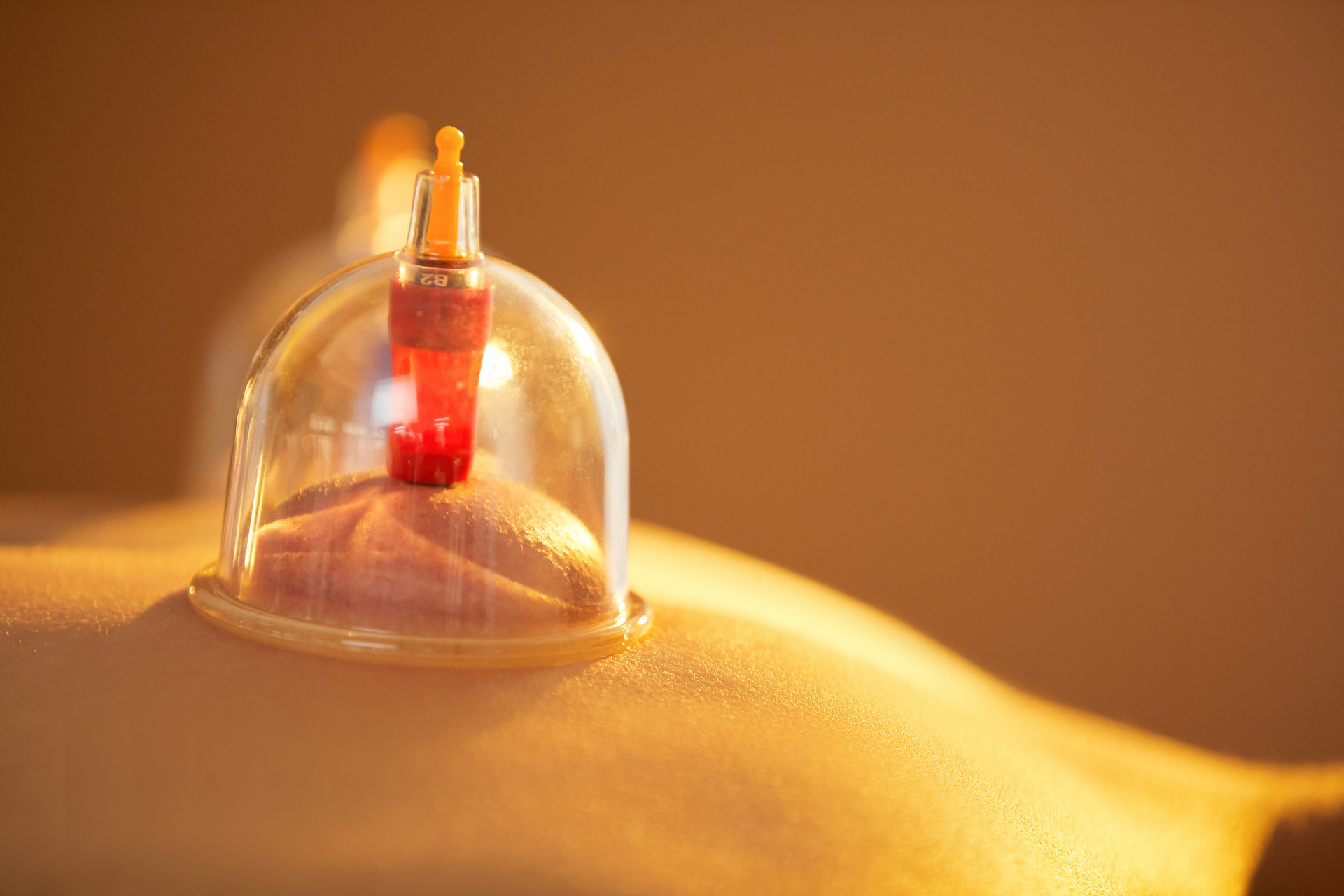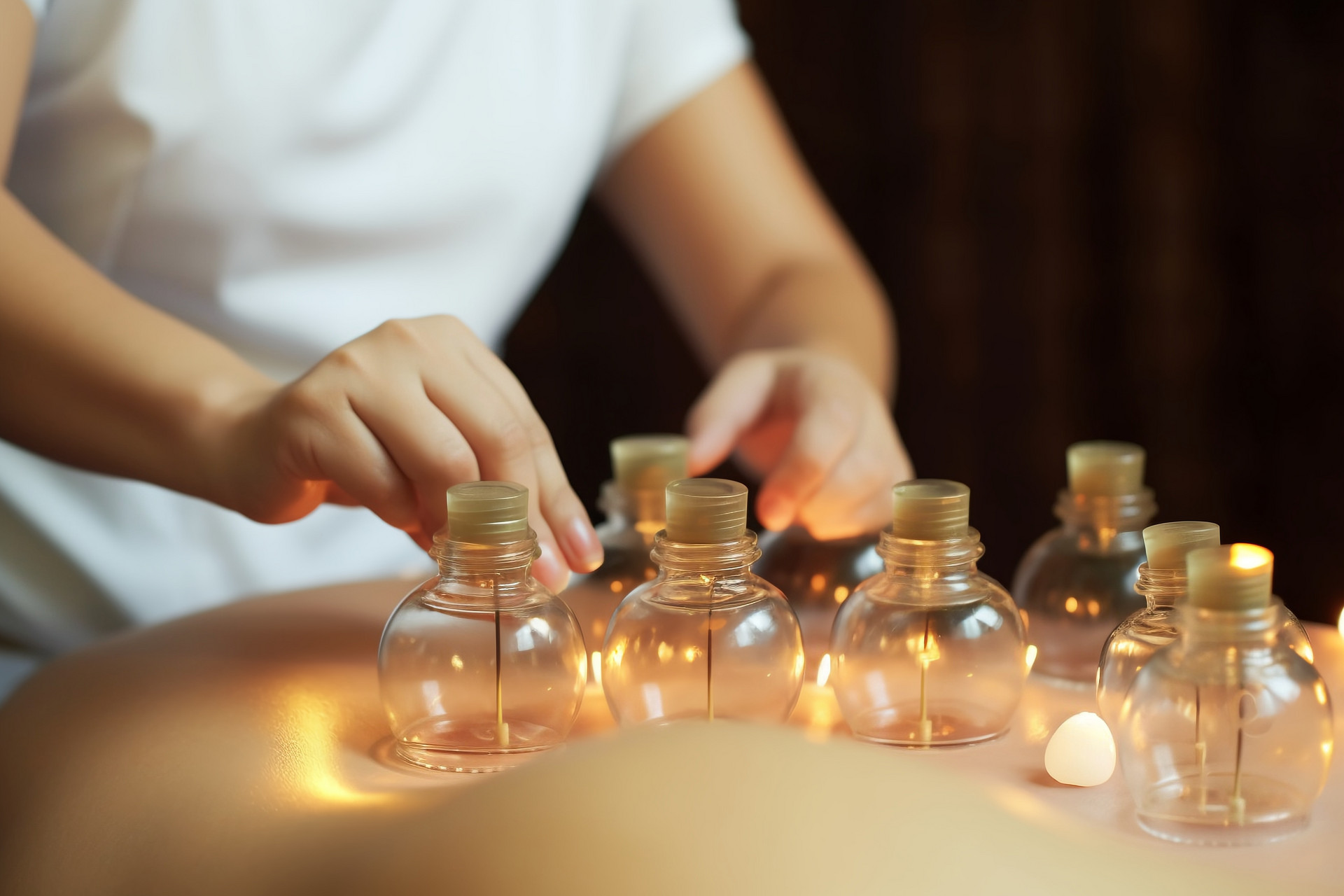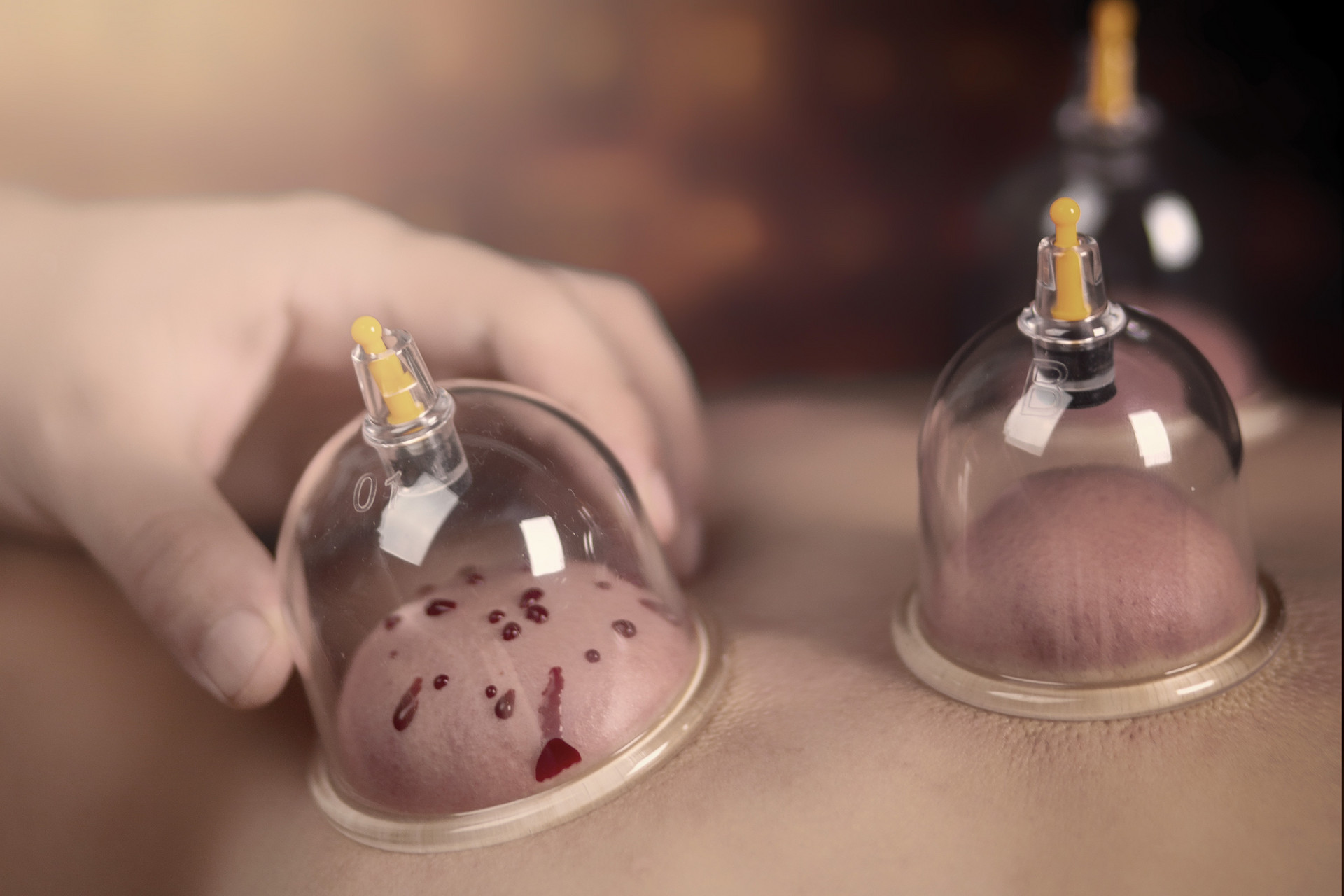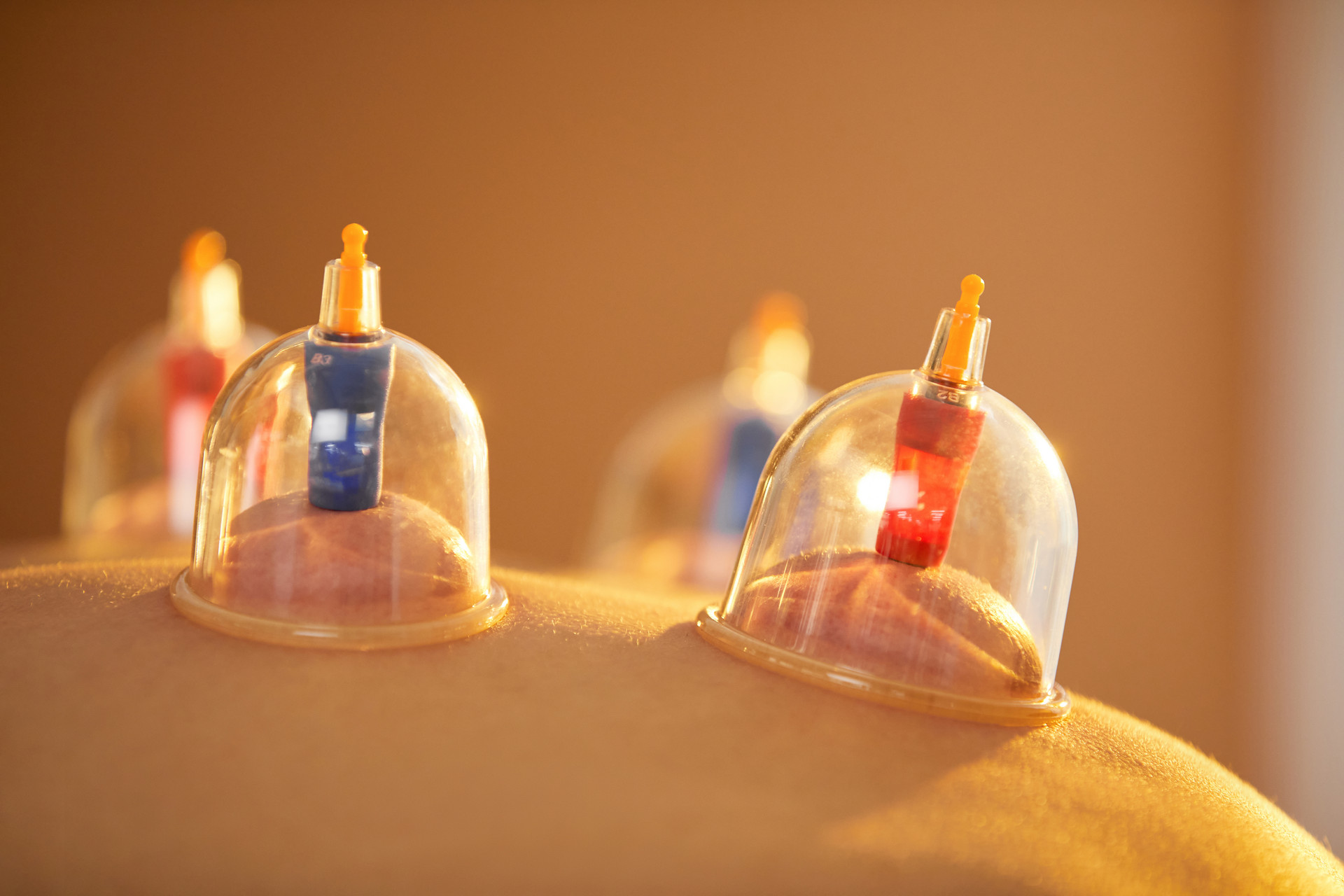Cupping therapy is widely used by middle-aged and elderly people at home due to its practicality and ease of learning. However, there are a lot of considerations when it comes to cupping. As the saying goes, "acupuncture and cupping therapy can cure half of the illness." However, improper use can lead to adverse consequences. Cupping is a professional traditional Chinese medicine therapy that requires knowledge of acupoints and mastery of techniques. It is best to be performed by a professional physician. Without systematic learning and training, casual cupping therapy can potentially cause harm to the body, such as burns, skin damage, and even worsen or induce illnesses. Experts remind us to pay attention to the following points when undergoing cupping therapy.
1. Distinguish the constitution. Cupping therapy should be tailored to the individual's constitution; otherwise, it may have the opposite effect.
2. Pay attention to the physical condition. Cupping therapy is not suitable for individuals with heart disease, severe anemia, leukemia, low platelet count, skin allergies, edema, high blood pressure, blood disorders, bleeding tendencies, skin diseases, pregnant women, during menstruation, excessive fullness, excessive thirst, excessive hunger, or when intoxicated.
3. Some areas are not suitable for cupping. The navel, precordial area, delicate and damaged skin, varicose veins, scarred areas, nipples, and bony prominences are not suitable for cupping. It is also best to avoid cupping in areas with previous cupping marks that have not fully healed.
4. Do not take a bath immediately after cupping. After cupping, the skin is in a "damaged" state and is sensitive and fragile. Taking a bath immediately can easily cause skin damage, inflammation, etc. It is recommended to wait for two to three hours.
5. Keep warm during cupping to prevent direct exposure to wind and avoid catching a cold.
6. Cupping should be performed according to the condition, and it is generally done by rotating the acupoints. Avoid repeated cupping in the same area where local blood stasis has not yet subsided.
7. Cupping time should be determined based on age, constitution, gender, and the severity and urgency of the condition. The general cupping time is 10 to 15 minutes. Strong suction from large cups can shorten the time; otherwise, blisters may occur. For mild conditions or individuals with sensory disorders (such as numbness in the lower limbs), cupping time should be shorter. For severe conditions, long disease duration, deep lesions, and intense pain, cupping time can be slightly longer with stronger suction.
8. In the event of blisters after cupping, apply burn ointment promptly or seek medical treatment.
9. Close observation of the patient's reaction during cupping is necessary. If symptoms such as dizziness, nausea, pale complexion, cold sweats, and cold limbs occur, or even fainting-like situations such as a drop in blood pressure, difficulty breathing, and weak pulse, remove the cups immediately and lay the patient flat on their back, paying attention to keeping warm. For mild cases, giving a small amount of warm water or sugar water can quickly relieve and restore normalcy. For severe cases, acupuncture can be performed on Renzhong, Neiguan, Zusanli, Zhongchong, or moxibustion can be applied on Baihui, Zhongji, Guanyuan, Yongquan and other acupoints, which can generally provide quick relief and restore normalcy, or immediately seek medical attention.


